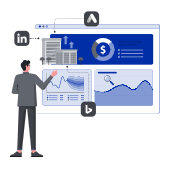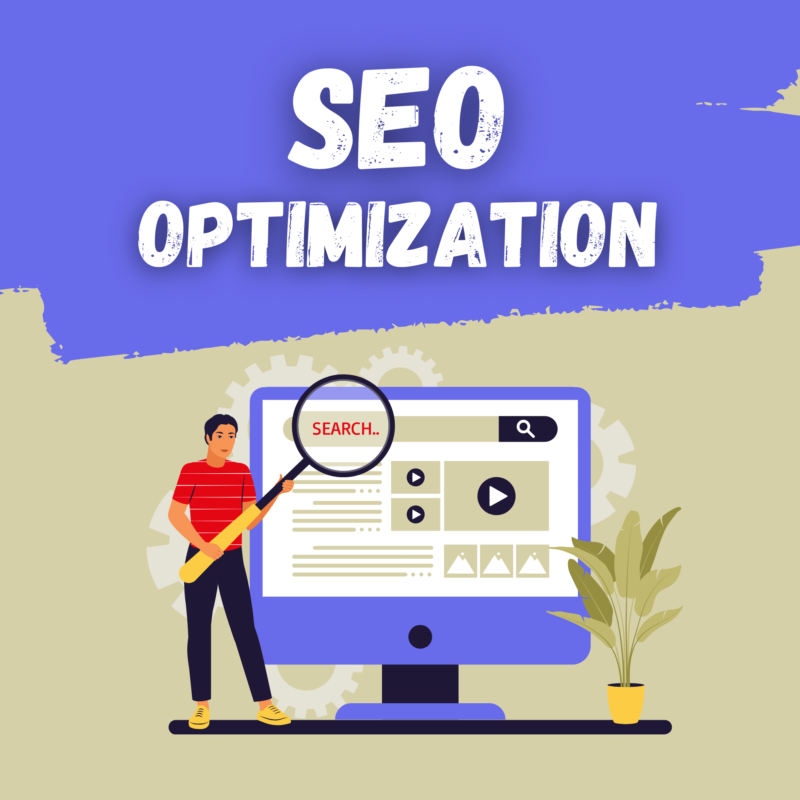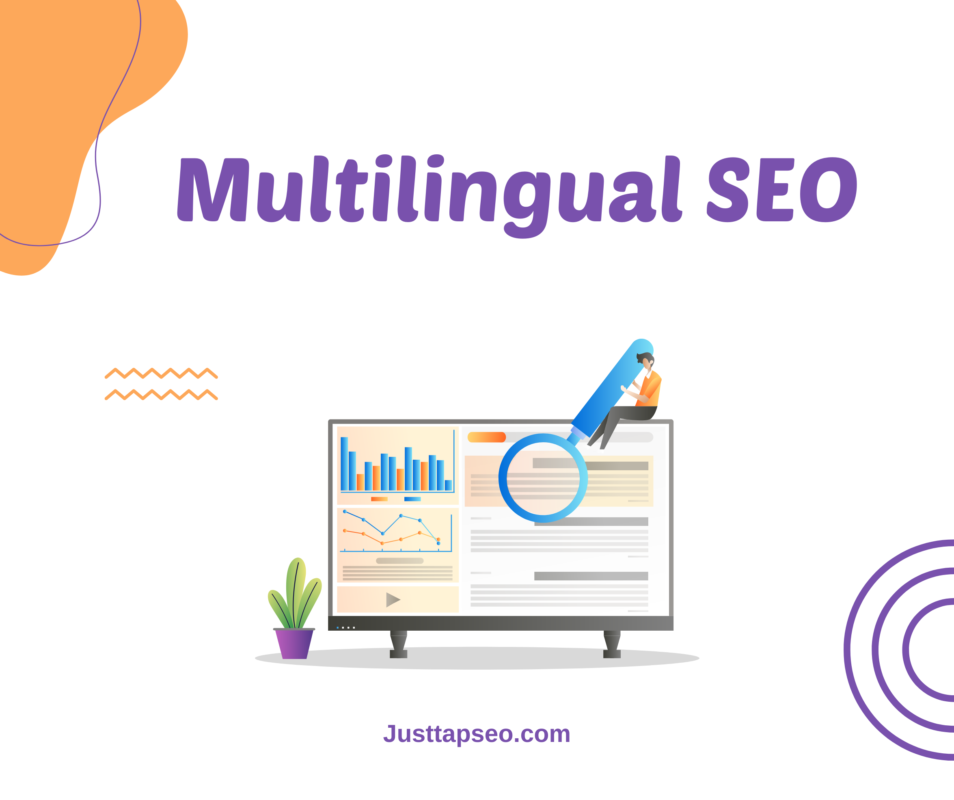Learn how to create a multilingual website that ranks. This guide covers keyword research, localization, and technical tips to help you succeed internationally.
In today’s globalized world, creating a multilingual website is essential for reaching diverse audiences. But it’s not just about translation—it’s about crafting a website that ranks high on search engines and delivers a seamless user experience. Whether you’re targeting the USA, China, or other regions, a multilingual website can help you expand your reach and grow your business.
In this blog, we’ll explore how to create a multilingual website that ranks. From keyword research to technical optimization, we’ll cover everything you need to succeed. Let’s dive in!
Why a Multilingual Website Matters
A multilingual website allows you to connect with users in their native language, improving engagement and conversions. Here’s why it’s important:
- Reach a Global Audience: Over 60% of global internet users browse in languages other than English.
- Boost SEO: Multilingual websites rank higher on local search engines like Google and Baidu.
- Increase Revenue: Users are more likely to buy from websites in their native language.
In short, a multilingual website is a must for businesses aiming to grow globally.
Step 1: Conduct Multilingual Keyword Research
Keyword research is the foundation of any SEO strategy. For a multilingual website, it’s even more critical.
Use Localized Keyword Tools
- For English keywords, use Google Keyword Planner or Ahrefs.
- For non-English keywords, use tools like Baidu Keyword Tool (China) or Yandex Wordstat (Russia).
Understand Search Intent
Search intent varies by language and region. For example:
- In the USA, users might search for “best running shoes.”
- In China, the same search might be “最佳跑鞋” (best running shoes).
Avoid Direct Translations
Direct translations often miss the mark. Instead, focus on culturally relevant phrases. For instance, “e-commerce” in English might translate to “电商” (diàn shāng) in Chinese.
Pro Tip: Use tools like SEMrush or Moz to analyze keyword trends across different regions.
Step 2: Optimize Your Website Structure
Your website structure plays a huge role in multilingual SEO. Here’s how to get it right:
Use Hreflang Tags
Hreflang tags tell search engines which language and region your content is targeting. For example:
<link rel=”alternate” hreflang=”en-us” href=”https://www.example.com/us/” />
<link rel=”alternate” hreflang=”zh-cn” href=”https://www.example.com/cn/” />
This ensures users see the correct language version of your site.
Create Separate URLs
Use separate URLs for each language version, like:
- example.com/us/ for the USA
- example.com/cn/ for China
This makes it easier for search engines to index and rank your pages.
Implement XML Sitemaps
Submit separate XML sitemaps for each language version to Google Search Console and Baidu Webmaster Tools. This helps search engines crawl and index your site more efficiently.
Step 3: Localize Your Content
Localization goes beyond translation. It’s about adapting your content to resonate with local audiences.
Use Culturally Relevant Examples
For instance, a blog post about holidays might focus on Christmas in the USA and Lunar New Year in China.
Adapt to Local Dialects
Mandarin is the official language in China, but regional dialects like Cantonese are also important.
Use Local Currency and Units
- Use USD for the USA and RMB for China.
- Use imperial units (miles, pounds) for the USA and metric units (kilometers, kilograms) for China.
Pro Tip: Hire professional translators who understand SEO to ensure your content is both accurate and optimized.
Step 4: Optimize for Mobile
Mobile optimization is crucial for global markets, especially in regions like China, where mobile usage is extremely high.
Responsive Design
- Ensure your website adapts to different screen sizes.
- Use large, easy-to-click buttons.
- Avoid intrusive pop-ups.
Fast Loading Speeds
- Optimize images and use AMP (Accelerated Mobile Pages) to improve performance.
- Test your website on popular mobile browsers in your target markets.
Pro Tip: Use tools like Google PageSpeed Insights and Baidu Site App to monitor and improve mobile performance.
Step 5: Build Local Backlinks
Backlinks are a key ranking factor for SEO. For global markets, you need region-specific backlinks.
USA
- Earn backlinks from reputable .edu and .gov sites.
- Partner with industry blogs and influencers.
China
- Partner with Chinese websites, forums, and social media platforms like Weibo and WeChat.
- Submit your website to Chinese directories like Hao123.
Pro Tip: Use tools like Ahrefs to track your backlink profile and identify opportunities.
Step 6: Monitor and Adjust
SEO is an ongoing process. Use analytics tools to track your performance:
- Google Analytics for English-speaking regions.
- Baidu Analytics for China.
Regularly review your rankings, traffic, and conversions. Adjust your strategy based on what’s working and what’s not.
Common Multilingual SEO Mistakes to Avoid
- Ignoring Local Search Engines: Don’t focus solely on Google. Baidu and other local search engines are equally important.
- Poor Translation: Avoid using automated translation tools. Hire professional translators who understand SEO.
- Duplicate Content: Ensure each language version has unique content to avoid penalties.
- Neglecting Technical SEO: Hreflang tags, XML sitemaps, and structured data are essential.
Tools for Building a Multilingual Website
Here are some tools to streamline your efforts:
- Google Keyword Planner: For English keyword research.
- Baidu Keyword Tool: For Chinese keyword research.
- SEMrush: For competitive analysis.
- DeepL: For accurate translations.
- Baidu Webmaster Tools: For monitoring performance in China.
Conclusion
Creating a multilingual website that ranks is no small feat, but it’s achievable with the right strategies. By conducting multilingual keyword research, optimizing your website structure, and localizing your content, you can create a website that resonates with audiences worldwide.
Remember, multilingual SEO is a long-term investment. Stay consistent, monitor your progress, and adapt as needed. With the right approach, you can dominate global search engines and grow your business like never before. You can contact us for a Website Building plan; we will handle everything for you.


















